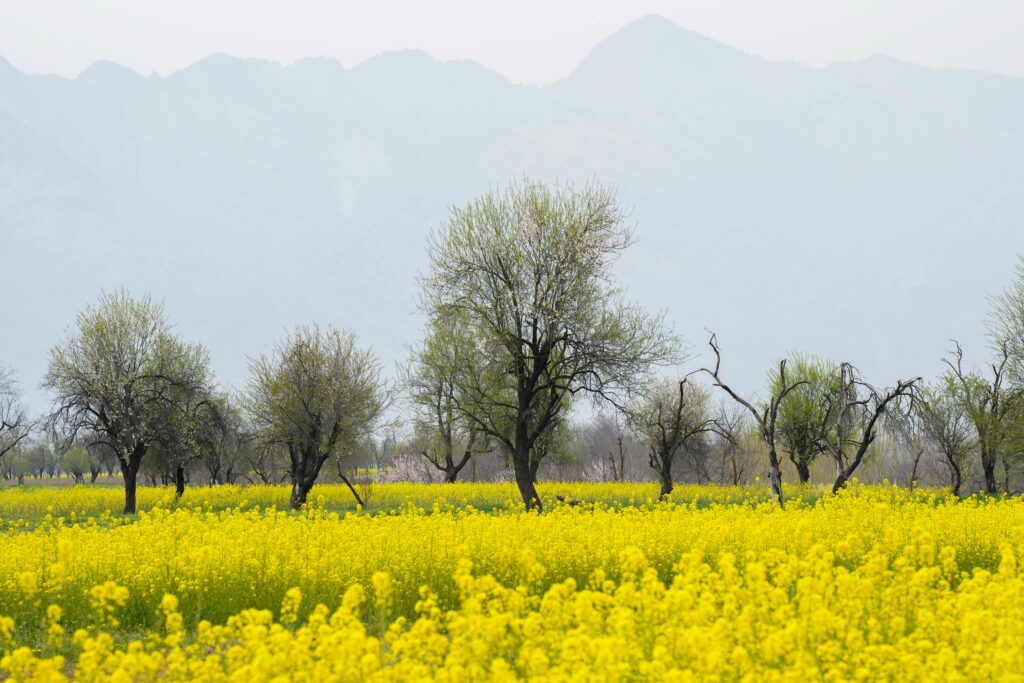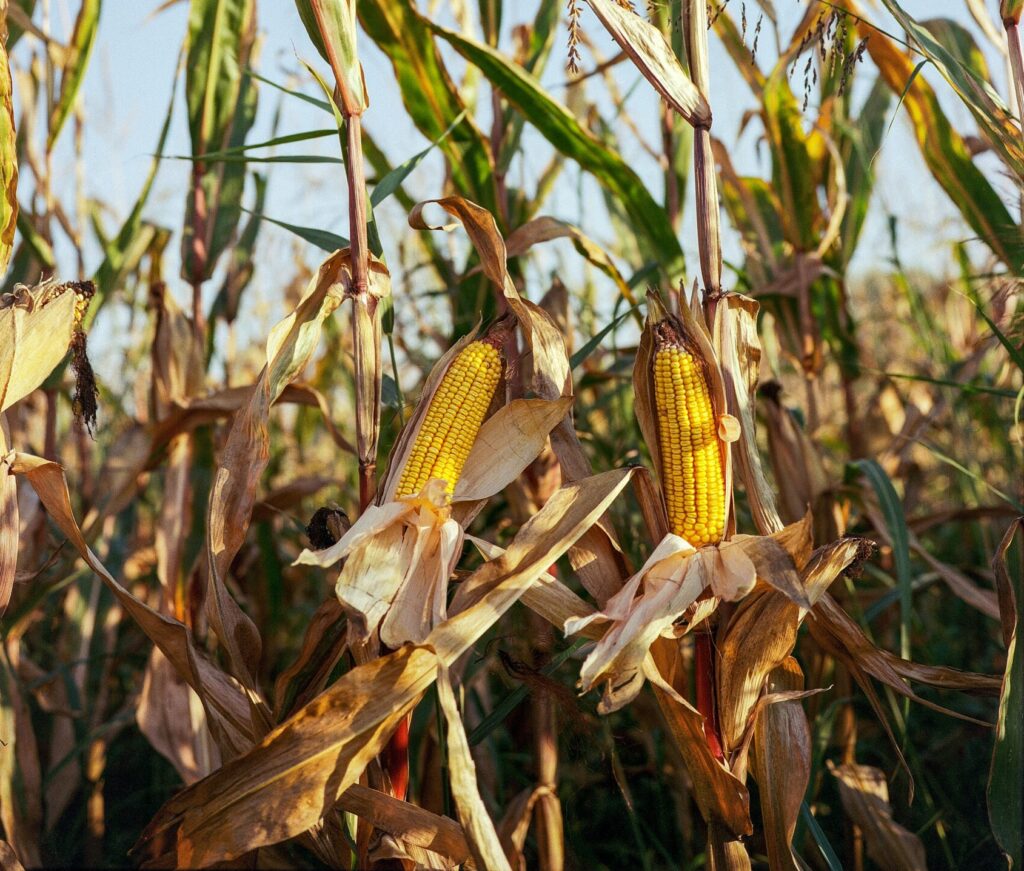As environmental challenges continue to rise, tree plantations offer a sustainable solution to many of the issues facing our ecosystems. Among their numerous benefits, trees play a crucial role in preventing soil erosion and preserving valuable water resources. By stabilizing the soil and influencing the water cycle, tree plantations contribute to environmental health and the well-being of surrounding communities. This article explores how tree plantations can help combat soil erosion and safeguard water resources.
Understanding Soil Erosion and Its Impacts
Soil erosion occurs when the top layer of soil is displaced by natural forces such as wind, rain, or human activities like deforestation and farming. The consequences of soil erosion are severe, including reduced soil fertility, loss of agricultural productivity, and increased sedimentation in rivers and lakes. This not only affects local ecosystems but also impacts water quality and availability.
Tree plantations offer a natural defense against soil erosion by anchoring the soil with their roots and protecting the land from the direct impact of rainfall.
How Trees Prevent Soil Erosion
The structure of trees makes them highly effective in preventing soil erosion. Here’s how they do it:
- Root Systems: Tree roots spread deep into the ground, forming a network that holds the soil together. These roots help stabilize the topsoil, reducing the likelihood of it being washed away by rain or blown away by wind. The more extensive the root system, the stronger the soil structure.
- Canopy Cover: The tree’s canopy acts as a shield, intercepting raindrops before they hit the soil. By slowing down the rainfall, trees reduce the force of water that reaches the ground, preventing soil from being displaced.
- Leaf Litter and Mulch: Fallen leaves and organic matter create a natural mulch on the ground, which helps retain moisture, improve soil structure, and reduce the velocity of surface water runoff. This protective layer minimizes erosion and promotes soil health.
Preserving Water Resources with Tree Plantations
In addition to preventing soil erosion, tree plantations are essential for conserving and preserving water resources. Trees influence the water cycle in several beneficial ways:
- Reducing Runoff: In areas where tree cover is present, rainwater is absorbed more effectively by the soil. Tree roots act like sponges, soaking up water and allowing it to seep into underground aquifers. By reducing surface water runoff, trees help prevent flooding and soil erosion while recharging groundwater supplies.
- Improving Water Quality: Trees naturally filter pollutants from rainwater as it moves through the soil, ensuring that cleaner water reaches rivers, lakes, and groundwater reserves. Their ability to reduce sedimentation means less contamination in waterways, improving water quality for both human consumption and aquatic ecosystems.
- Water Retention: In drought-prone areas, tree plantations can help retain moisture in the soil, providing a steady supply of water for plants and crops. This is especially important for agricultural lands, where healthy soil and water retention are critical for productivity.
Strategic Tree Planting for Soil and Water Conservation
To maximize the benefits of tree plantations for soil erosion and water conservation, strategic planting is key. Here are some best practices for ensuring that tree plantations effectively protect the environment:
- Plant Along Slopes and Riverbanks: One of the most vulnerable areas to soil erosion is sloping land, where rainwater can quickly wash soil downhill. Planting trees on slopes or along riverbanks helps slow down water flow, stabilize the soil, and prevent erosion in these high-risk areas.
- Agroforestry Practices: Integrating trees into agricultural systems, known as agroforestry, allows farmers to benefit from the erosion control and water conservation properties of trees while maintaining their crops. The trees act as windbreaks, prevent runoff, and improve soil health, all of which contribute to better yields.
- Riparian Buffers: Riparian zones, or areas next to rivers and streams, are particularly sensitive to erosion. Establishing tree plantations along these waterways creates natural buffers that reduce sedimentation and protect the water from pollutants.
The Role of Tree Plantations in Climate Resilience
Tree plantations also contribute to long-term climate resilience by mitigating the effects of climate change on soil and water resources. As extreme weather events become more common, tree plantations provide a buffer against the destructive impacts of storms, floods, and droughts.
- Flood Control: By absorbing rainwater and slowing down its movement, tree plantations help prevent flash floods and reduce the pressure on local drainage systems. In flood-prone areas, trees play a crucial role in reducing the risk of catastrophic flooding.
- Drought Mitigation: In regions prone to drought, tree plantations can improve water retention in the soil and reduce the risk of desertification. By maintaining soil health and regulating the water cycle, trees contribute to a more sustainable and resilient environment.
The Long-term Benefits of Tree Plantations
Beyond their immediate environmental impact, tree plantations offer long-term benefits for soil and water conservation:
- Sustainable Agriculture: Healthy soil and preserved water resources are essential for sustainable agriculture. Tree plantations help improve the quality of the soil, leading to higher productivity and reduced reliance on chemical fertilizers and irrigation.
- Biodiversity Protection: Tree plantations create habitats for a wide variety of species, fostering biodiversity. This biodiversity is important for maintaining balanced ecosystems that naturally regulate soil and water cycles.
- Carbon Sequestration: Trees absorb carbon dioxide from the atmosphere, helping to mitigate climate change. As climate change contributes to soil erosion and water scarcity, tree plantations provide a natural solution by both capturing carbon and improving land resilience.
Tree plantations are a powerful tool in the fight against soil erosion and the preservation of water resources. By stabilizing the soil, reducing runoff, and filtering water, trees play a vital role in protecting our environment. Whether through large-scale reforestation projects or small urban tree planting initiatives, expanding tree cover is essential for maintaining healthy ecosystems and ensuring the availability of water for future generations.
Investing in tree plantation not only benefits the environment but also strengthens the resilience of communities, farms, and natural habitats. By promoting tree planting, we take an active step toward sustainable land and water management.
















